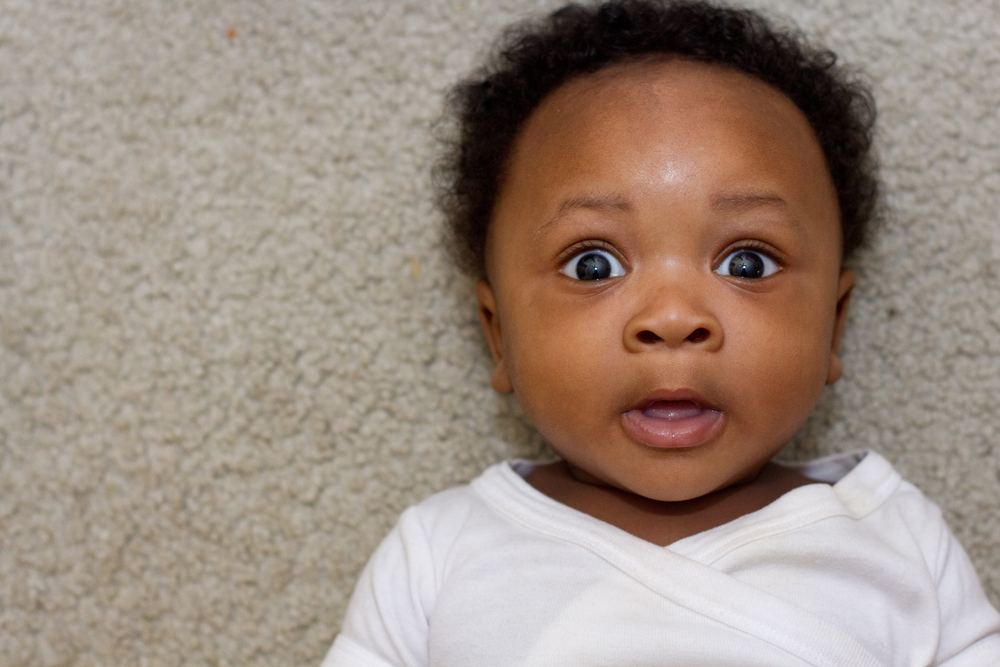 MICHAE ALLEN/SHUTTERSTOCK
MICHAE ALLEN/SHUTTERSTOCK
A new study from the Children’s Bureau in the federal Department of Health and Human Services reveals some shocking findings. It turns out we now know exactly how to target intervention to rescue children from those awful parents. Science now tells us that the worst parents, by far, are the parents of infants. The most salvageable are the parents of 14-year-olds. Given the nobility of child welfare practitioners, any other explanation is unthinkable.
Here’s how we know:
The study followed a cohort of children who entered foster care in federal fiscal year 2015. They were followed for up to five years to see where they ended up.

Richard Wexler
It turns out that if children are taken during their first year of life, the odds are nearly two out of three that they will never return to their parents again — only 36% are reunified. Where will they go? Straight into the arms of, mostly, strangers who have decided to adopt them. More than 46% of the youngest infants torn from their own parents wound up adopted. So clearly parents of infants are the worst of the worst.
Parents of 1- to 2-year-olds aren’t nearly so bad. The reunification rate for them is nearly 50%. And then, year after year, parents are less bad, since reunification rates inch up almost every year until age 14. Nearly 54% of children taken at age 14 were reunified.
Because birth parents of older children are much better people, adoptive parents were not needed as often. Even for 1- to 2-year-olds, the rate of adoption was already down to 31%. And with each succeeding year, adoption rates plummeted, declining to just over 5% for the 14-year-olds.
Think of what an amazing breakthrough this is! Now we don’t need all those fancy algorithms to figure out which parents are the most dangerous and when we should rush to terminate children’s rights to their parents (a more accurate term than termination of parental rights). If the child is an infant, the parents must be horrible. If the child is a 14-year-old, there’s far less to worry about.
We know this must be the explanation because of what the child welfare establishment has been telling us for decades:
- They say there is no racial bias in child welfare — the field is magically immune from the biases that afflict everyone else.
- They say foster care always is used as a last resort; only when absolutely necessary.
- They say they never take away children because of poverty.
- They say their first goal is to reunify the family whenever possible.
So clearly it is simply less possible to reunify the families of infants than the families of 14-year-olds; so the parents of the infants must be the worst of the worst, right?
Unless …
AWWWWW, HE’S SO CUTE!
The other possibility is that poor people’s children are a market, and the data reflect supply and demand. The other possibility is that adoptive parents ready to rescue a child are more likely to be lining up for an adorable infant than a 14-year-old. The other possibility is that caseworkers are more likely to have their own rescue fantasies triggered by someone about whom they can gush, “Awwww, he’s so cute!”
Those workers are more likely to be from the same race, the same class and the same education level as the potential adoptive parents than they are to have much in common with the birth parents. So they are far more likely to identify with the adoptive parents, and to think: Oh, but this adorable little child will be so much better off with people like us than with people like them.
In other words, they are applying the “better off” test. Based on their personal prejudices they think: Impoverished birth parents vs. middle-class adoptive parents for that adorable baby? Adoptive parent! Impoverished birth parents vs. aging out for that teenager I don’t really like anyway? Oh all right, let the parents have him back.
The federal government encourages this kind of marketing of poor people’s children through a bounty system. Thanks to the so-called Adoption and Safe Families Act (ASFA), the federal government pays states a bounty for every finalized adoption over a baseline number. Oddly, considering that reunification supposedly is the system’s first priority, there is no comparable payment for reunifying a family.
BLOOD TIES MATTER
The data also tell us a bit about the value of something that’s been maligned in child welfare theory for nearly half a century: blood ties. The very term “biological parent” was coined to demean blood ties, suggesting someone no more important to a child than a test tube — and certainly not as good as the preferred “psychological parent” — who is far more likely to be a white, middle-class stranger.
But while the strangers get steadily less interested in children as they get older and, presumably, less cute, extended family members — the ones with blood ties — remain just as willing to step up, maybe even more so. The percentage of children who exit to guardianship — which usually means a placement with extended family members — actually increases until a child reaches age 12 — and at age 14 still is higher than the proportion for infants.
The Children’s Bureau data show, once again, that what ASFA did was turn inner-city maternity wards into a version of Supermarket Sweep, with the babies as the prizes. It turned child welfare into the ultimate middle-class entitlement: Step right up, and take a poor person’s child for your very own.
And, by the way, the really cute ones are in Aisle One.
***
Richard Wexler is the executive director of the National Coalition for Child Protection Reform.





























